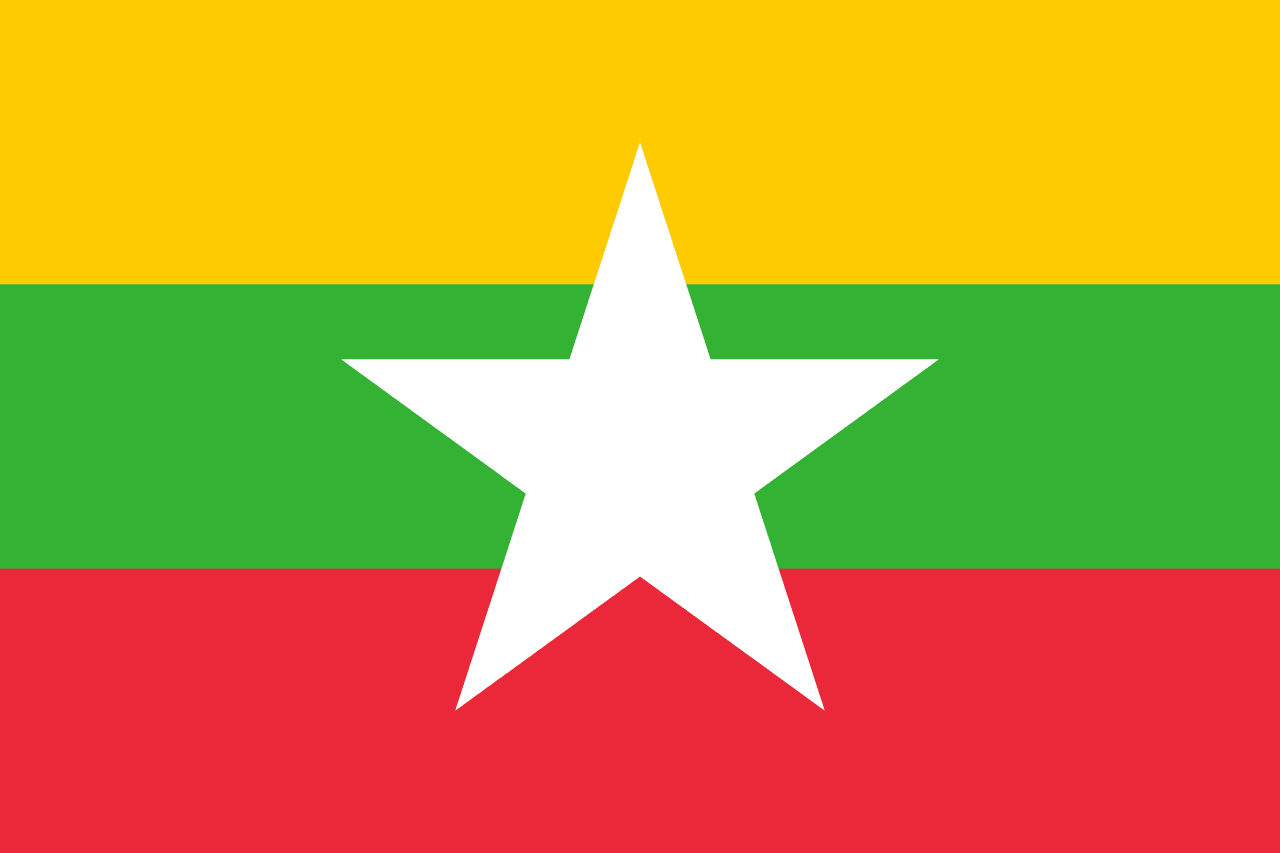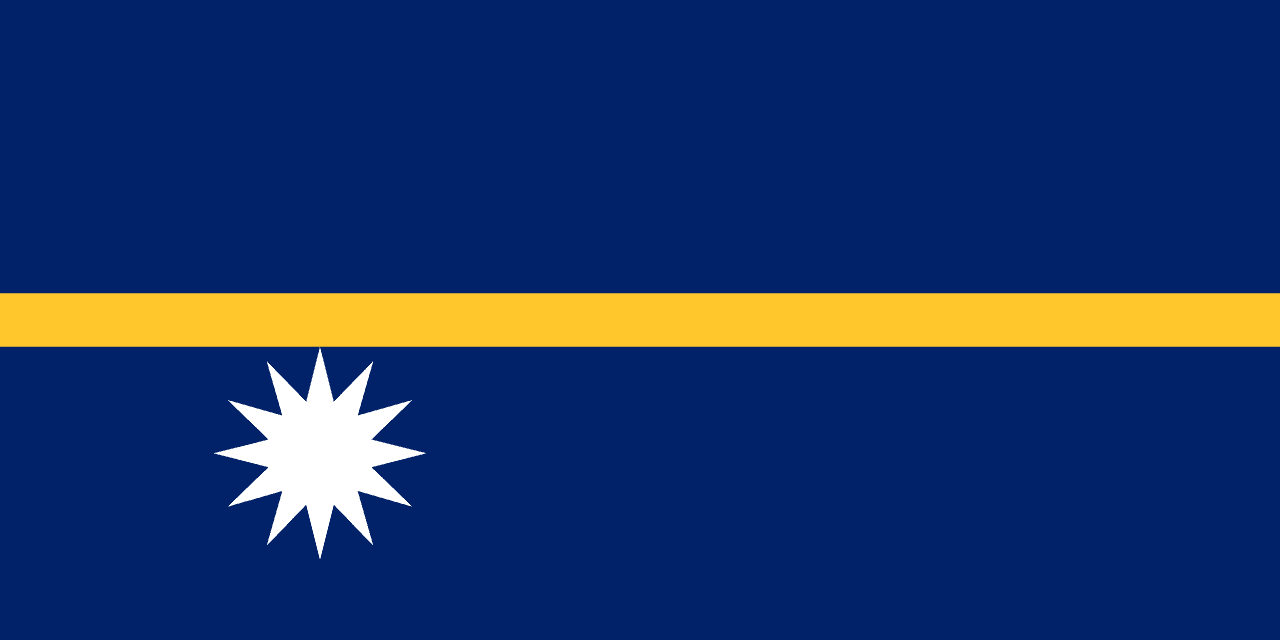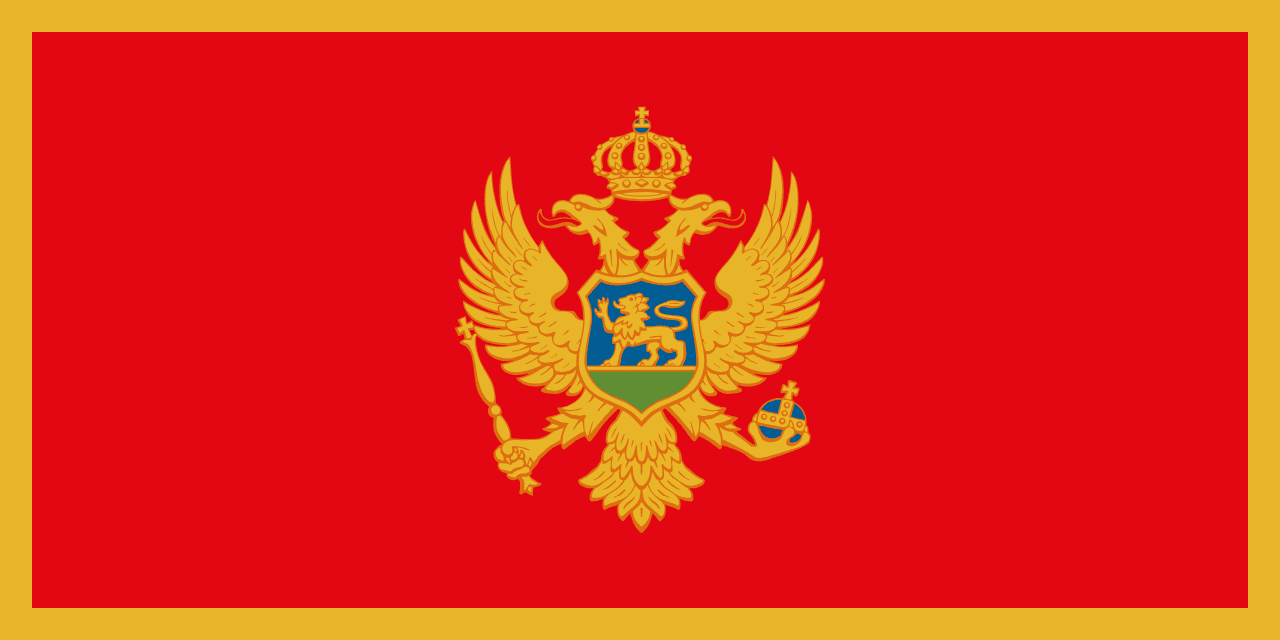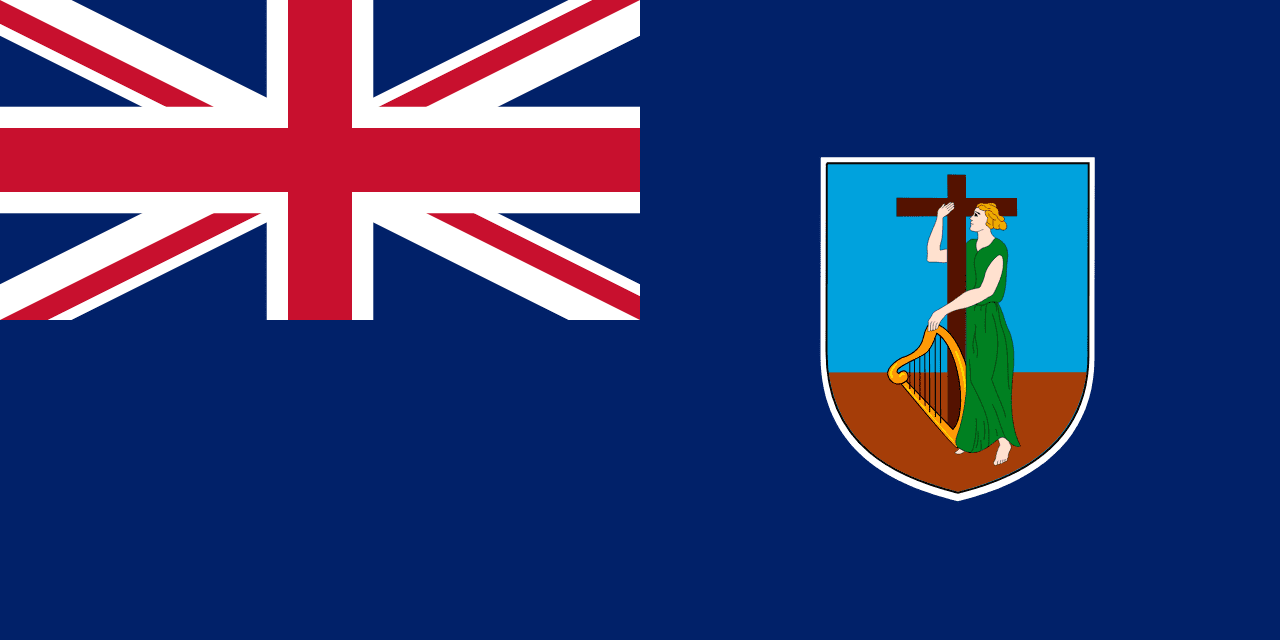The flag of Mozambique is a vibrant and complex design that reflects the nation's history, struggle for independence, and aspirations for the future. It features three horizontal stripes of green, black, and yellow, separated by white fimbriations, with a red triangle on the hoist side containing a yellow star, an open book, and a crossed rifle and hoe.
Mozambique information
| National Flag Day | June 25 |
| Sovereign state | Yes |
| Official name | Republic of Mozambique |
| Capital | Maputo |
| Population | 31,325,000 |
| Area | 886,381 km² |
| Currency | Mozambican metical (MZN) |
| Language | Portuguese |
| Continent | Africa |
| Region | Southeastern Africa |
| Subregion | Southern Africa |
| Borders | Tanzania, Malawi, Zambia, Zimbabwe, South Africa, Swaziland |
| Timezone | Central Africa Time (CAT) UTC+2 |
| Calling code | +258 |
| Top-level domain | .mz |
History of the Mozambican flag
 The current flag of Mozambique was adopted on May 1, 1983, eight years after the country gained independence from Portugal. It replaced the flag used during the independence struggle, which was similar but lacked the emblem in the hoist triangle. The design of the flag was influenced by the banner of FRELIMO (Frente de Libertação de Moçambique), the leading force in the fight for independence that later became the ruling political party.
The current flag of Mozambique was adopted on May 1, 1983, eight years after the country gained independence from Portugal. It replaced the flag used during the independence struggle, which was similar but lacked the emblem in the hoist triangle. The design of the flag was influenced by the banner of FRELIMO (Frente de Libertação de Moçambique), the leading force in the fight for independence that later became the ruling political party.
Symbolism and design of the Mozambican flag
Each element of the Mozambican flag carries deep symbolism:
- The green stripe represents the fertile land and agricultural wealth of Mozambique.
- The black stripe symbolizes the African continent and the people of Mozambique.
- The yellow stripe signifies the country's mineral resources.
- The white fimbriations represent peace.
- The red triangle symbolizes the struggle for independence and revolution.
- Within the triangle, the yellow star represents solidarity and socialism.
- The open book symbolizes the importance of education.
- The crossed rifle and hoe represent defense and vigilance (rifle) and the country's commitment to agriculture (hoe).
Usage and significance of the Mozambican flag
 The flag of Mozambique is a powerful symbol of national identity and pride. It is prominently displayed on government buildings, schools, and public spaces throughout the country. During national celebrations, such as Independence Day on June 25, the flag takes center stage in parades and official ceremonies. In international settings, the flag represents Mozambique at diplomatic events, sporting competitions, and global forums. For Mozambicans, the flag serves as a reminder of their hard-won independence, cultural heritage, and ongoing efforts to build a prosperous and unified nation.
The flag of Mozambique is a powerful symbol of national identity and pride. It is prominently displayed on government buildings, schools, and public spaces throughout the country. During national celebrations, such as Independence Day on June 25, the flag takes center stage in parades and official ceremonies. In international settings, the flag represents Mozambique at diplomatic events, sporting competitions, and global forums. For Mozambicans, the flag serves as a reminder of their hard-won independence, cultural heritage, and ongoing efforts to build a prosperous and unified nation.
Interesting facts about the Mozambican flag
- Mozambique's flag is unique in being one of the few national flags to feature a modern weapon (the AK-47 rifle) in its design.
- The flag has been a subject of debate within Mozambique, with some political parties advocating for the removal of the rifle to project a more peaceful image.
- In 2005, a competition was held to design a new flag without the rifle, but the proposed changes were not adopted.
- The colors of the Mozambican flag are shared with several other African nations, reflecting pan-African solidarity.
- The flag's design incorporates elements from both socialist iconography and traditional African symbols, representing Mozambique's complex political history.





